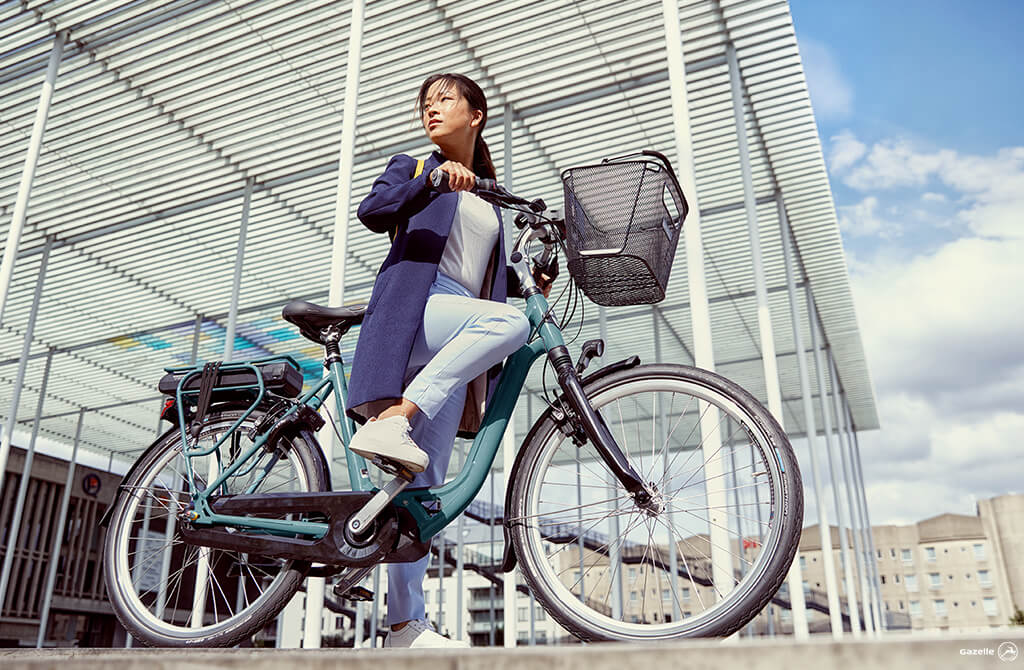Concept Design: Arrival FERRY
Flexing our creativity to solve a modern, metropolitan problem right here in the Netherlands, the MODYN team took to The Playground to explore how design could solve a major mobility problem.
Smart and purposefully designed, our Concept Design: Arrival FERRY allows water to be an opportunity rather than a barrier. A system of autonomous compact shuttles that connect either side of the Maas River in Rotterdam, this newly designed transport system by MODYN creates important economic and educational opportunities for residents.
Concept Design: Arrival FERRY in Rotterdam
Before we begin, you need to understand a bit about Rotterdam. The second largest city in the Netherlands with 650,000 citizens, Rotterdam is also Europe’s largest harbor. Located near the North Sea, the mouth of the Maas River cuts through it, splitting the city into North and South sides.
Expanding City and Industrial Harbor
To make room for an expanding city, the industrial harbor moved towards the sea. New land, called Maasvlakte, was then built. Areas that were once part of the industrial harbor near the city center were turned into much-needed urban living areas.
Geographical Challenges
However, the city’s geographical layout, with the river splitting North and South, causes problems. The many former docks turned into housing blocks also contribute to these issues.
Transportation Issues for Residents
“People living on the former docks need to travel by car all the way down their peninsula to the main road to access the city center,” explained Ruben van Ommen, Strategy & Concept Designer at MODYN.
Concept Design: Arrival FERRY
To address these transportation issues, the Concept Design: Arrival FERRY was developed. This innovative solution aims to improve connectivity and reduce travel time for residents. The ferry service will provide a direct and efficient way to cross the Maas River, linking the North and South sides of the city.
This design will enhance urban mobility and offer a sustainable alternative to car travel. The Arrival FERRY is set to transform the way people move around Rotterdam, making the city more accessible and connected.
By understanding Rotterdam’s unique challenges and the Concept Design: Arrival FERRY, we can appreciate the innovative solutions aimed at improving urban living.
So, the result is a divided city, illustrated starkly by the water in Rotterdam. It is difficult for people from the former docks to commute to the parts of town where the most well-paying jobs are located. And it is difficult for students to commute to the good schools in town.
For years, the city government has been trying to improve bicycle infrastructure, accessibility and public transport. But building bridges across the river is expensive and public transport is difficult to arrange without them. Plus, traditional ferries are slow and inconvenient, and therefore not viable.
Our goal with this concept was to connect the city and create equal opportunity for everyone.
Concept Design: Arrival FERRY
Arrival FERRY is a system of autonomous compact shuttles. They feel familiar and intuitive like an elevator. Passengers simply open the doors, board, depart, and disembark on the other side.
Environmentally Friendly and Modular
FERRY boats are electrically powered, charging via solar panels on their roofs. They use induction charging at the docks. Modularly built, they consist of simple, compact elements. This design is ideal for production in Arrival’s micro-factories, making them easily adaptable to different cities and environments.
Ideal for Rotterdam
For a city like Rotterdam, the ideal system uses smaller boats with a minimum capacity of 10 people with bicycles. We designed Arrival FERRY to be smaller and more efficient than traditional, larger ferries. A trip to the other side takes an estimated 10 minutes. With four boats per location, the maximum waiting time is five minutes.
Improving the Traditional Ferry
Concept Designer Bart Heijt explains it wasn’t about reinventing the ferry but improving it for this community. Arrival FERRY enhances the traditional ferry to work better for Rotterdam’s needs.
By understanding the Concept Design: Arrival FERRY, we can appreciate the innovative solutions aimed at improving urban transportation and connectivity in Rotterdam.
Modular and Versatile Boats
The boats are modular and can attach to each other, creating larger boats or docks. They can even form a complete road across the water for large events or emergency evacuations.
Environmentally Friendly Docks
The docks are small and have minimal environmental impact due to being placed parallel to the quay. This makes them ideal for installation at multiple locations throughout the city. Docks can easily be moved to where the service is needed most.
Adaptive System with Artificial Intelligence
This system reacts to the needs of the citizens and learns over time. It will send more boats to busy locations during rush hours. Over time, the artificial intelligence can visualize a complete map of the ideal commuter routes across the water.
More Than Just a Ferry
“You might look at this at first and think, ‘This is just a ferry.’ But what we’ve designed here is so much more,” Bart explained.
“Our modular system is fast, flexible, and efficient. Our team took the time to understand the transportation barriers and designed small, speedy ferries that use the latest technology to provide a smarter solution.”
Potential Impact on Rotterdam
Although this started as an exercise for our team, we believe Arrival FERRY could have a major impact on Rotterdam by creating equal opportunities for all citizens. As Managing Director Gert-Jan van Breugel explains, these challenges push us to try something new, think outside the box, and put ourselves out there in ways we might not have expected.
By understanding the Concept Design: Arrival FERRY, we can appreciate the innovative solutions aimed at improving urban living and connectivity in Rotterdam.

